What are Juggling balls made from?
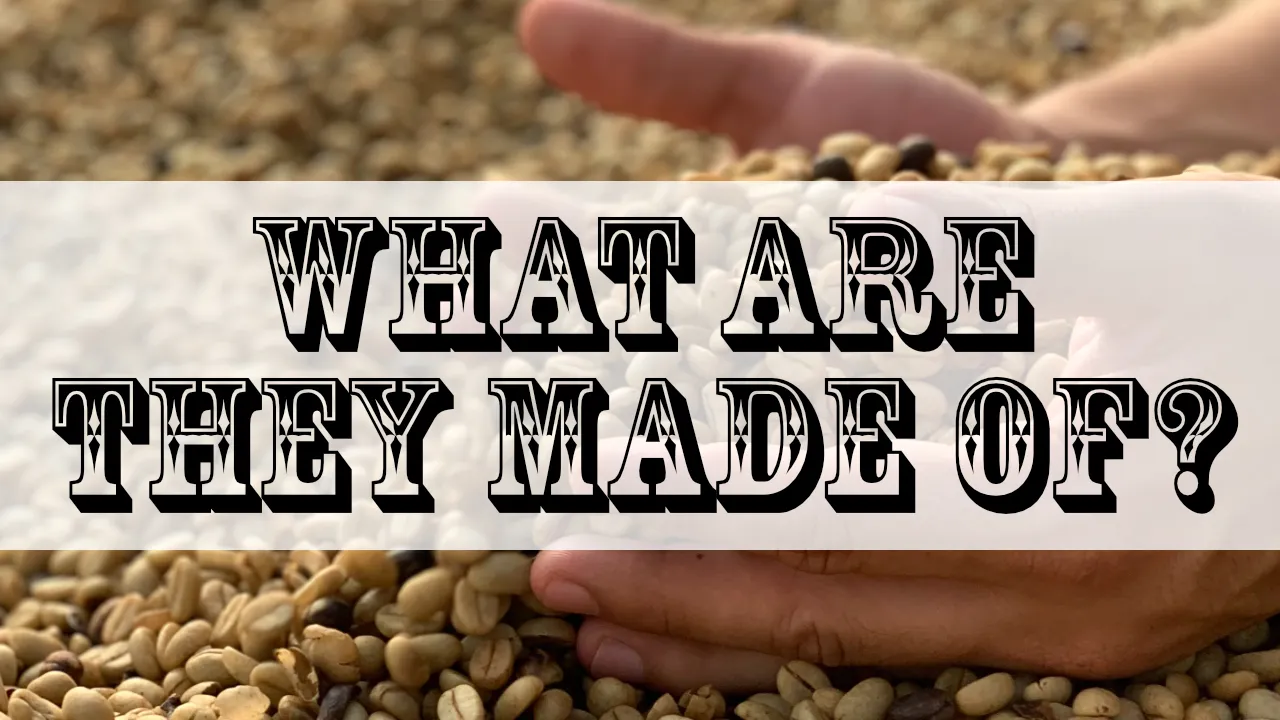
It was a sultry evening in 1995, the crowd's excitement was palpable, everyone's eyes were glued to the centre stage. There I was, in the vibrant streets of Camden, London, watching a street artist dazzle the audience with his impeccable juggling skills. Those hypnotic balls dancing through the air got me wondering, what are these juggling balls made of? Little did I know, that this curiosity would plunge me into the captivating world of juggling balls and their construction.
Quick Summary
| Section | Summary |
|---|---|
| Types of Juggling Balls | Exploring the main types of juggling balls. |
| Materials Used in Juggling Balls | Diving into the materials that construct them. |
| Benefits of Different Materials | Advantages of specific materials for performance. |
| Environmental Concerns | Eco-friendly aspects of juggling ball production. |
| FAQ | Frequently asked questions about juggling balls. |
Types of Juggling Balls
- Bean Bags
- Stage Balls
- Hybrid Balls
- Bounce Balls
- Russian Balls
Bean Bags
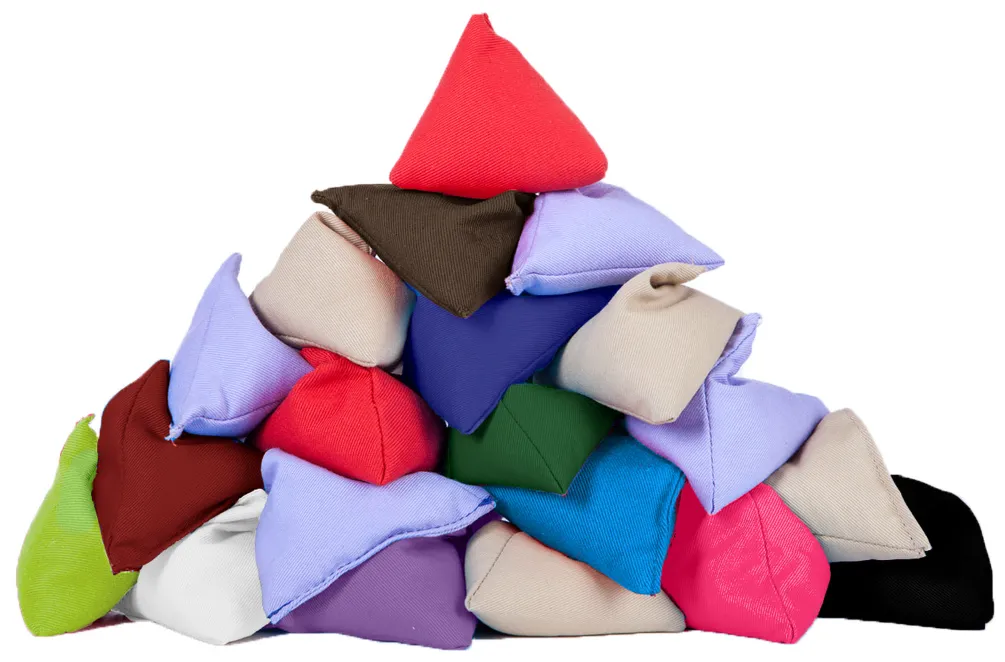
Soft and squishy, bean bags are a favourite among beginners. Made from cloth filled with seeds, grains, or plastic pellets, they provide an easier grip and don't roll away when dropped.
Stage Balls
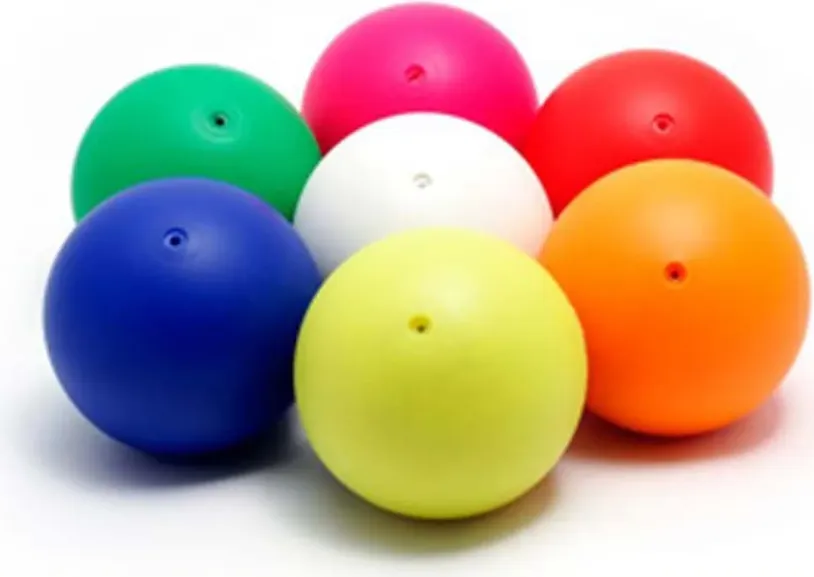
These are solid, larger, and often used in stage performances. Made from rubber or vinyl, stage balls are visually appealing but can be a bit challenging for newbies.
Hybrid Balls
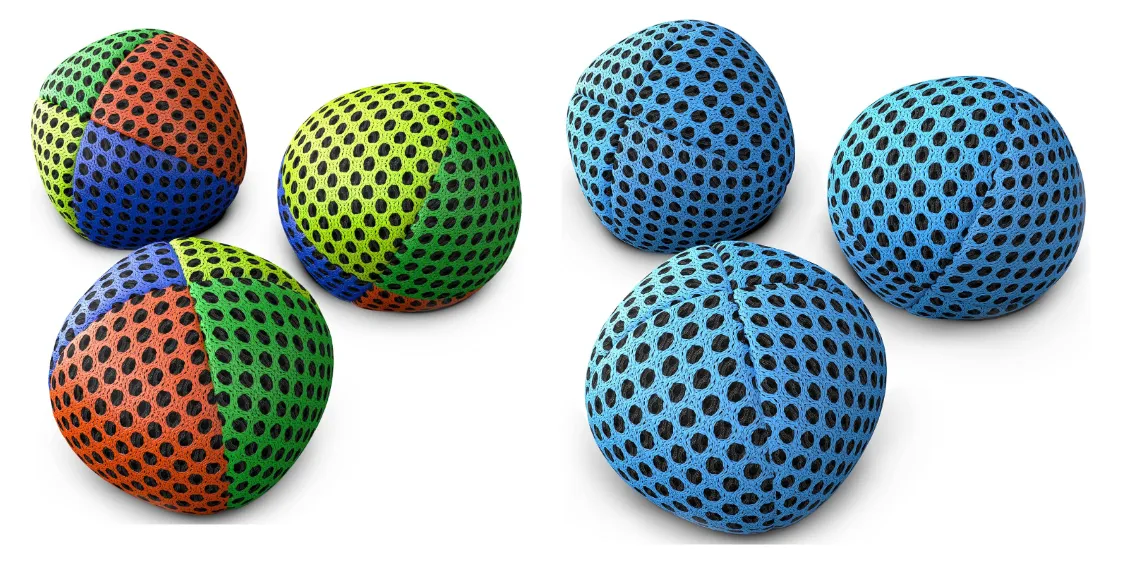
https://kingsjuggler.com/product/46/multicoloured-juggling-balls-by-hot-bargains
A perfect blend of bean bags and stage balls, hybrids offer the best of both worlds. Their outer shell is rubber or vinyl, and they're filled with liquid silicone or sand, making them easy to handle.
Bounce Balls
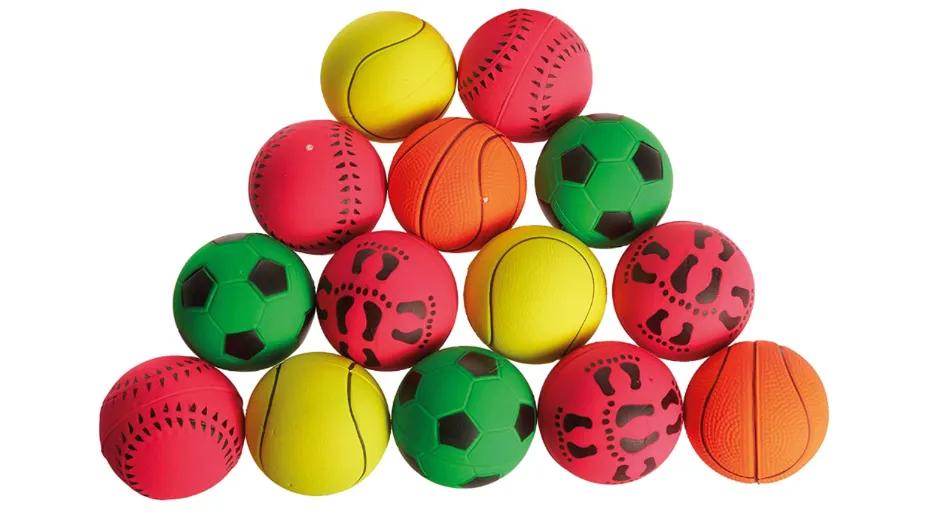
Crafted from rubber, these balls are designed to bounce back when dropped. The solid rubber construction gives them a unique feel and behaviour in juggling.
Russian Balls
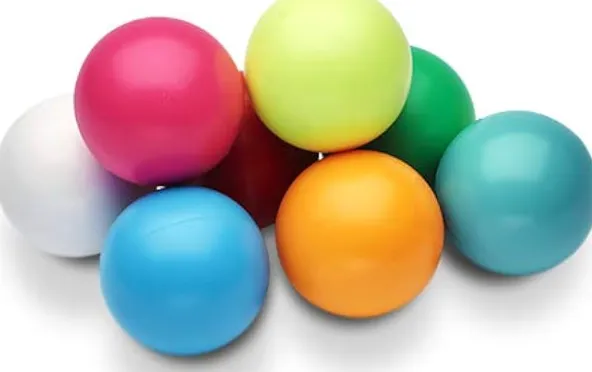
Quite popular, Russian balls have a thin plastic shell and are partially filled with sand or salt. They offer a unique pendulum effect when thrown.
Materials Used in Juggling Balls
- Cloth
- Rubber
- Vinyl
- Silicone
- Sand
- Seeds and Grains
- Plastic Pellets
| Material | Description |
|---|---|
| Cloth | Primarily used in bean bags, cloth provides a soft texture, ensuring a good grip. |
| Rubber | Rubber gives balls a bounce and is a common material for bounce balls and some stage balls. |
| Vinyl | A common material for stage balls, vinyl offers a smooth finish and is known for its durability. |
| Silicone | Found in hybrid balls, liquid silicone gives the ball a unique feel. |
| Sand | Often used to fill Russian and hybrid balls, sand provides weight and balance. |
| Seeds and Grains | Natural fillers for bean bags, they give the balls a more organic feel. |
| Plastic Pellets | A synthetic alternative to seeds and grains, plastic pellets are also used as fillers in bean bags. |
Benefits of Different Materials
- Grip
- Weight and Balance
- Aesthetic Appeal
- Durability
| Aspect | Material(s) | Benfits |
|---|---|---|
| Improving your Juggling Grip | Cloth, Rubber | Provide a non-slip grip, making them ideal for beginners. |
| Choosing the right Ball Weight and Balance | Sand, Seeds | Offer the right weight and balance, ensuring the balls don’t veer off the intended trajectory. |
| Aesthetic Appeal | Vinyl, Rubber | Can be moulded and coloured in various ways, making them visually striking for stage performances. |
| Increase Durability | Vinyl, Rubber | Resistant to wear and tear, ensuring longevity - perfect for beginners! |
Eco Friendly Environmentally Friendly Juggling
- Sustainable Materials
- Biodegradable Options
- Recycling Possibilities
| Aspect | Material(s) | Benefits |
|---|---|---|
| Sustainable Materials | Seeds, Grains, Natural Cloth | Promote sustainability, as these are renewable resources. |
| Biodegradable Juggling Balls | Cloth, Seeds, Grains | Break down over time, reducing environmental impact. |
| Recycling Possibilities - What to do with your old Balls? | Rubber, Vinyl | When discarded, can be recycled, minimising waste. |
Quick FAQ
- Which type of juggling ball is best for beginners?
- Bean bags, due to their grip and non-rolling nature.
- How long do rubber juggling balls last?
- With regular use, they can last several years thanks to their durability.
- Are there eco-friendly juggling balls?
- Yes, those made from natural materials like cloth, seeds, and grains are eco-friendly.
Let's Sum Things Up!
From the mesmerising streets of Camden to the grandeur of stage performances, juggling balls have enchanted many. Crafted from a plethora of materials, each type of ball offers a unique experience, whether you're a novice or a seasoned pro. Sustainability, functionality, and aesthetics drive the choice of materials, ensuring there's a ball for every juggler out there!
we may earn a commission if you click through and make a purchase.

